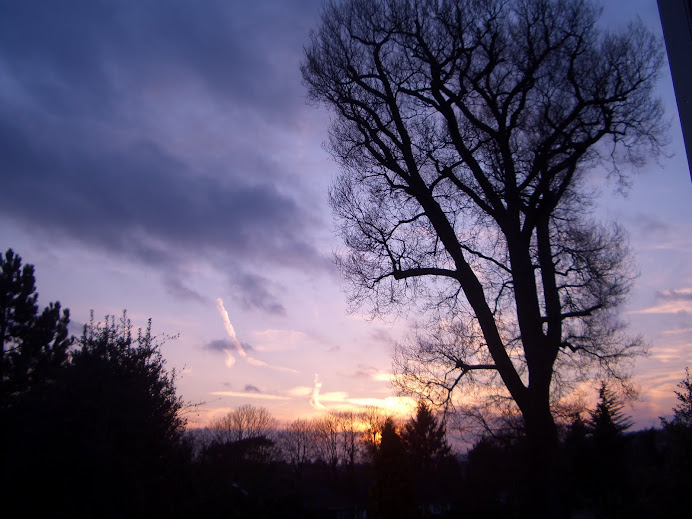
As children we used to call these fungi Mabel Lucie Attwell fungi. I guess this was because she used them in her cute and nostalgic pictures of children that illustrated many of our childhood books. It is of course the Fly Agaric, and very poisonous!
But not all fungi are as attractive.
As a postgraduate student early mornings would find me grubbing around under the beech trees of Derbyshire, collecting bags of what looked like nothing but earth and roots. With my tutor we would take these back to the Sheffield University laboratory. I spent hours sifting and sorting, It doesn’t sound riveting does it? Why were we doing this? Well sometimes I did ask myself that question. And sometimes I felt that my work was not of any great relevance to the world and as such I became disillusioned and dissatisfied with what I was doing. But perhaps it did have its uses. Let me explain.
 What in fact we were digging up and collecting were the fungi that grow around the roots of the beech tree, and indeed around the roots of most if not all trees. These fungi form a sheath around the roots, and their fine filamentous hyphae invade into the root tissue itself. So what do they do?
What in fact we were digging up and collecting were the fungi that grow around the roots of the beech tree, and indeed around the roots of most if not all trees. These fungi form a sheath around the roots, and their fine filamentous hyphae invade into the root tissue itself. So what do they do?They are called mycorrhiza, and the relation with the tree is symbiotic – of mutual value. Whilst the tree supplies the fungus with sugars on which to feed, the fungus in return forms a barrier to protect the tender new roots from physical damage, and also from harmful chemicals and pathogens. But also, most importantly, the fungus enables the tree to take up water and important nutrients. Without fungi such as these, plants would not have been able to first colonise the land all those millions of years ago. They would not have been able to absorb essential nutrients from soil without these symbiotic associations.
 And it was this nutritional advantage given to the beech trees by the mycorrhiza that formed the basis of my studies - from these daytrip forays and the experiments that followed I wrote a doctoral thesis for my PhD, and a paper, with my tutor David Lewis, which amazingly can now be found online!
And it was this nutritional advantage given to the beech trees by the mycorrhiza that formed the basis of my studies - from these daytrip forays and the experiments that followed I wrote a doctoral thesis for my PhD, and a paper, with my tutor David Lewis, which amazingly can now be found online!What has all this to do with today?
I listened to a BBC Radio 4 programme last Sunday morning, called Living World. And here they were discussing the ancient oaks and other ancient trees that form such an important part of the English landscape. And they are under threat. Farming methods are damaging this vital symbiotic association between tree and fungus, both from physical trampling and ploughing too close to the trees’ root system, but also from fertilizers and the high phosphate and nitrogen content of animal waste, as cows are allowed to graze around the base of the trunks. We are also introducing new bacteria and other pathogens into our finely balanced ecosystems through the importation of plants, particularly those in pots, which can bring infected soils into an area. Bacteria introduced in this way can be a threat to indigenous fungi and trees, and are responsible for the Acute Oak Decline that is threatening some of our most beautiful trees – a centuries old oak tree can be killed within two years with this infection.
On a plaque in the gardens at Wakehurst Place I found the following inscription attributed to the naturalist Francis Rose: “nature is very complex. When you start to interfere by thoughtless introduction of alien species, you do so at your own peril.” How very very true.
And perhaps my work at Sheffield all those many years ago was not so irrelevant after all. Perhaps it has increasing relevance again with our current concerns on ecology and man’s harmful effects on the environment. But I did always prefer the forays for “real” fungi that we could take home to eat! (But NOT, please note, the Fly Agaric!) We were botanists and we had the expert advice of our lecturers and tutors on what was safe and which would make us ill!




No comments:
Post a Comment